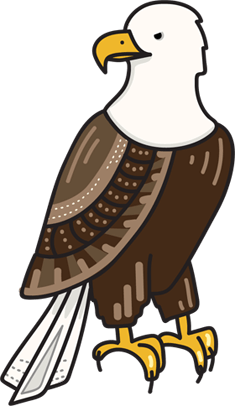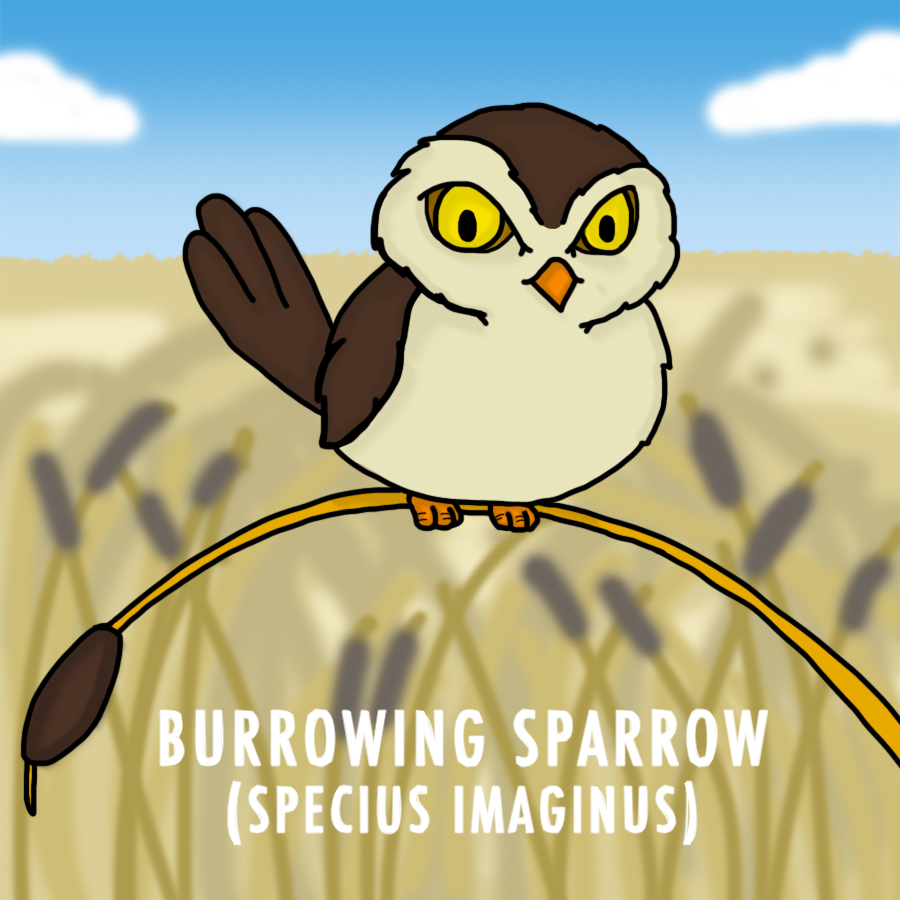Eagle-eye Identifications
So you've spotted a bird but don't know what kind of bird it is. The similarities between species can be overwhelming and stump even the most experienced birder. Here are some bird nerd approved identification techniques:
Tips
-
Evidence is key


It's intuitive to think that identification involves looking at a bird and matching it to a picture in a book. The problem is that in many cases you won't be able to see the bird clearly, birds don't stay still for very long, and a lot of birds overlap in terms of appearance (e.g. downy vs. hairy pictured above). Successful identification is like solving a case with clues: the bird's song, size, beak shape, geographical region, and behavioral traits. Having photos or notes (even mental notes) with this information will lead to more cracked cases.
-
Get a good field guide

We use Birds of Alberta by John Fisher and Chris Acorn. We do most of our birding in Alberta, so it makes sense to have a local book. Often the behavioural descriptions are more helpful than the pictures. Of course, there are lots of amazing regional field guides available - just remember to choose one that’s light and compact so you can carry it with you easily.
-
The Internet

Google is a critical tool. When you’re on location, you may only see a bird briefly. In these instances, having a camera is key for reference purposes. You can then use your field guide to narrow down to a probable ID (or a couple of probable IDs) and then do an image search of your best guess to compare.
One of the things we learned is that birds have a lot of variations. Differentiation between male and female is easy enough to understand, but there’s also variations based on life stage (juvenile or mature) and even based on season (adaptive camouflage), diet, and region.
We will reach out to social media as a last resort. Many people in our Facebook group are experienced and eager to teach. When you get into IDing shorebirds you'll see what we mean; trust us.
-
Go with a group

It’s invaluable to experience birding with a group of people. There’s the obvious benefit of more extensive sightings based on the sheer number of human eyes doing the spotting, but more importantly, it’s one of the fastest ways to learn. More experienced birders are very happy to share their knowledge and you’ll learn how to make IDs instantly that would take you months on your own. We learned to identify Pileated Woodpeckers from their call before we ever saw one.
One of our favourite sources for connecting with experienced and knowledgeable birders is Nature Calgary. Every month they run multiple field trips (mostly on weekends) to various locations in Calgary and surrounding areas, at absolutely no cost.

Closing thoughts
Birding can be tough. Birds move quickly, are often seen from a distance and in varying lighting conditions. When you’re just starting out, you’ll get stumped - a lot. In these cases, your field guide, photo reference and image searches may still have you coming up empty. A tip for that scenario? Just invent a new species :)